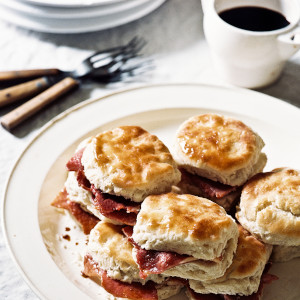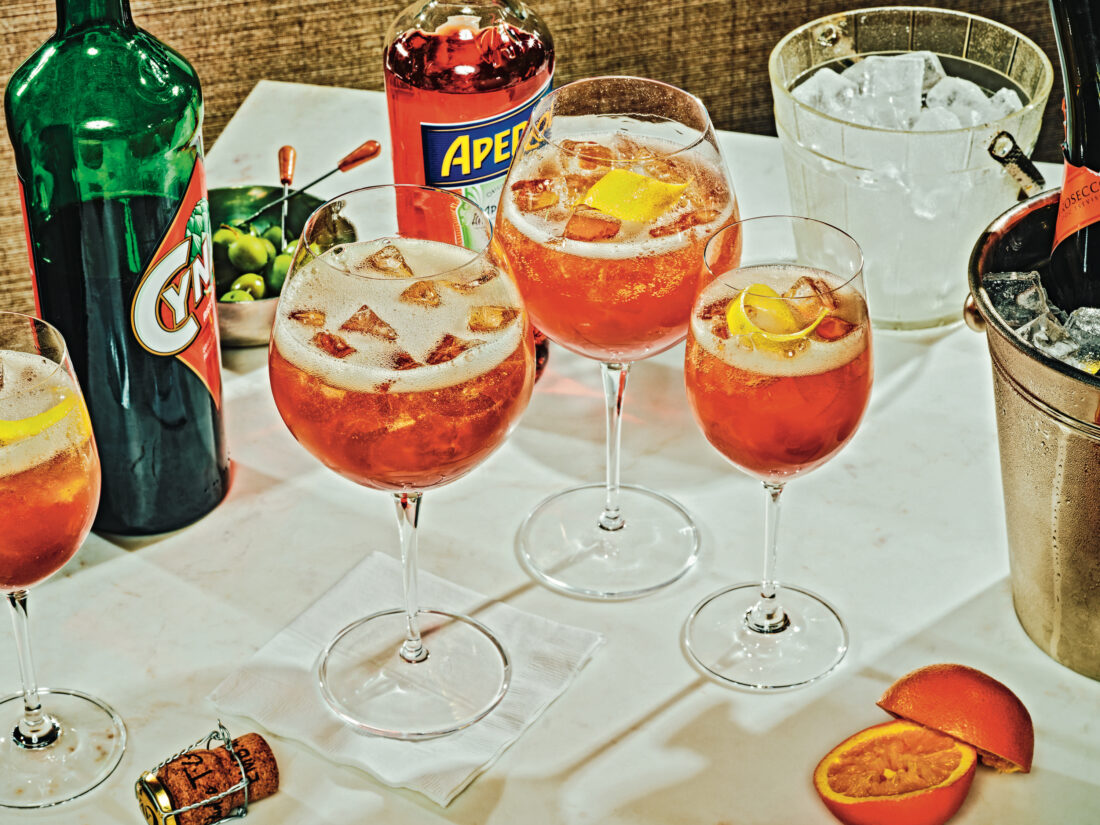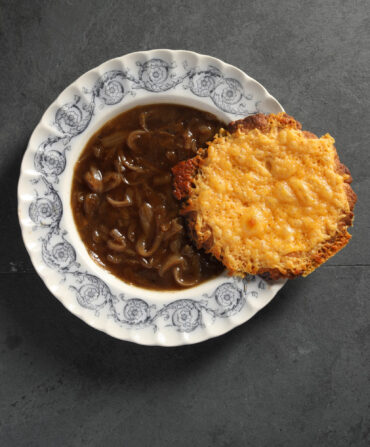If I asked you to name an adult beverage made with orange juice, and if I were a betting man, I’d wager you’d say “screwdriver” or “mimosa.” (If you said “tequila sunrise,” I would also place a bet on how old you are and how you spent your twenties.) The mimosa in particular is everywhere, the doyenne of brunch. It’s a fun, innocuous drink that likes to swan about in the daytime, as if wearing a caftan.

Otherwise, orange juice often gets relegated to a side role in cocktails. Some fine OJ concoctions have surfaced over time—the Bronx, the Income Tax Cocktail, the Ward Eight, the Monkey Gland—yet none have found a lasting perch in the popular imagination. It’s all but impossible to think of modern cocktail culture without lemon and lime juice. But orange juice? It’s a morning staple and then calls it a day well before the sun sets.
No surprise, really. In the citrus world, lemon and lime juice both bring a welcome acidity to cocktails, lending them defining edges and a parry for sweetness. Oranges have far less acidity and can therefore render a drink soft and flabby instead. That’s not to say the flavor of orange isn’t welcome. But peels often provide the tang. Orange skins exude aromatic oils that offer both a sharper and more ethereal taste than juice. Those orange-flavored liqueurs used by mixologists—Cointreau, Grand Marnier, curaçao—all derive their essence from peels macerated in alcohol.
Craft cocktail bartenders also relish adding fresh orange oils at the last minute. They’ll grab an orange from a bar-top bowl of citrus, pare a strip of rind, then spritz a cocktail with the peel before setting it upright in the drink, like a sentinel. Orange twists come standard in many of today’s most frequently ordered drinks, including the whiskey old-fashioned and the negroni.
Which leads to a problem: The orange peel tends to attract far greater demand than the juice inside. This imbalance produces what Chall Gray, one of the proprietors of Little Jumbo in Asheville, calls “an age-old utility problem, one that bartenders have had to deal with forever.” That is, cocktail bars find themselves with a surplus of oranges without peels, which lie about unloved in their skivvies. Gray set about solving this dilemma by devising a pleasing drink that would use the juice from the otherwise wasted fruit.
The Long Hello premiered in the spring of 2021, just as Gray was reopening the bar after an extended pandemic shutdown. (“It had been closed three hundred and eighty-seven days,” he says, “not that I was counting.”) He sought to concoct something refreshing like an Aperol spritz, “but with more flavor and depth.”
He found it. The drink forms the ideal bridge between the wintry citrus season and summer. The double-barreled punch of Cynar (an artichoke-forward Italian amaro) and Aperol gives the orange notes something to stand upon, and the bubbles of cava and club soda confer the effervescence of impending spring. It’s worth a wave, whether you’re saying hello or goodbye.








